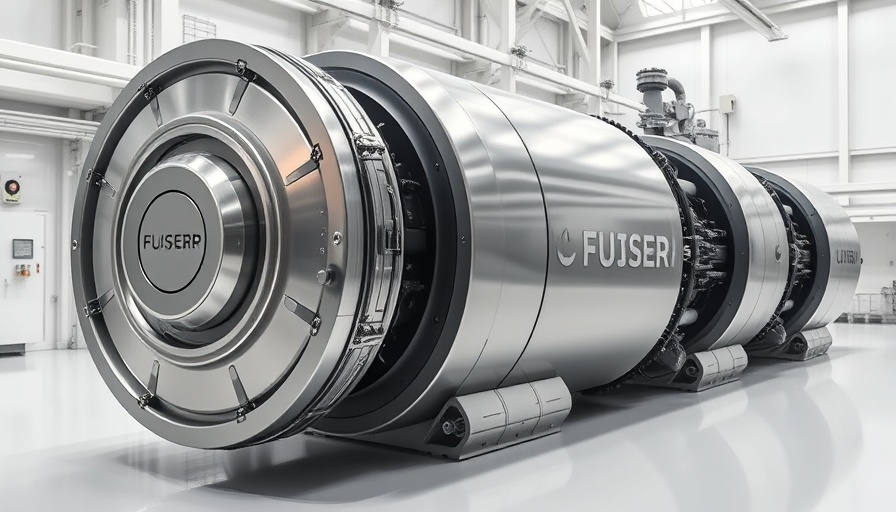
Fusion Energy: The Future of Europe's Energy Security
In a landscape punctuated by instability stemming from energy dependence on imported fossil fuels, Europe is experiencing a crucial turning point. As the continent navigates its reliance on renewable energy from global powers such as the US, China, and Russia, fusion energy emerges as a potential game-changer in boosting Europe’s energy security.
How Fusion Energy Works and Its Promise
Fusion energy is the process that powers the Sun, involving the collision of atomic nuclei. This reaction not only yields vast amounts of energy but does so with minimal environmental impact. Francesco Sciortino, co-founder of Proxima Fusion, states that fusion energy could be the key to achieving reliable, locally generated electricity without the geopolitical vulnerabilities associated with fossil fuel importation.
The Abundant Future of Energy
One of fusion's significant advantages is its reliance on fuels such as deuterium and tritium, which are plentiful and not subject to geographical restrictions. As fusion technology advances, it could feasibly supply energy for generations, allowing Europe to transition from a reliance on oil and gas to a more self-sufficient energy framework.
Complementing Renewable Energy Sources
Another vital aspect of fusion energy is its ability to bolster existing renewable energy resources, like wind and solar. This integration could help ensure a stable energy supply, effectively filling gaps when renewable sources falter, thus forming a more resilient energy grid throughout Europe.
A Transformative Opportunity
As Europe contemplates its energy future, investing in fusion appears not just essential but transformative. It opens doors for countries to dictate their energy narratives while fostering technological innovation. In doing so, Europe could redefine its energy strategy for greater sustainability and autonomy.
The promise of fusion energy is still on the horizon, but the potential it holds is already palpable. It stands to usher in a new era where energy is not merely a commodity controlled by geopolitical forces but a tool for empowerment across Europe.



Write A Comment